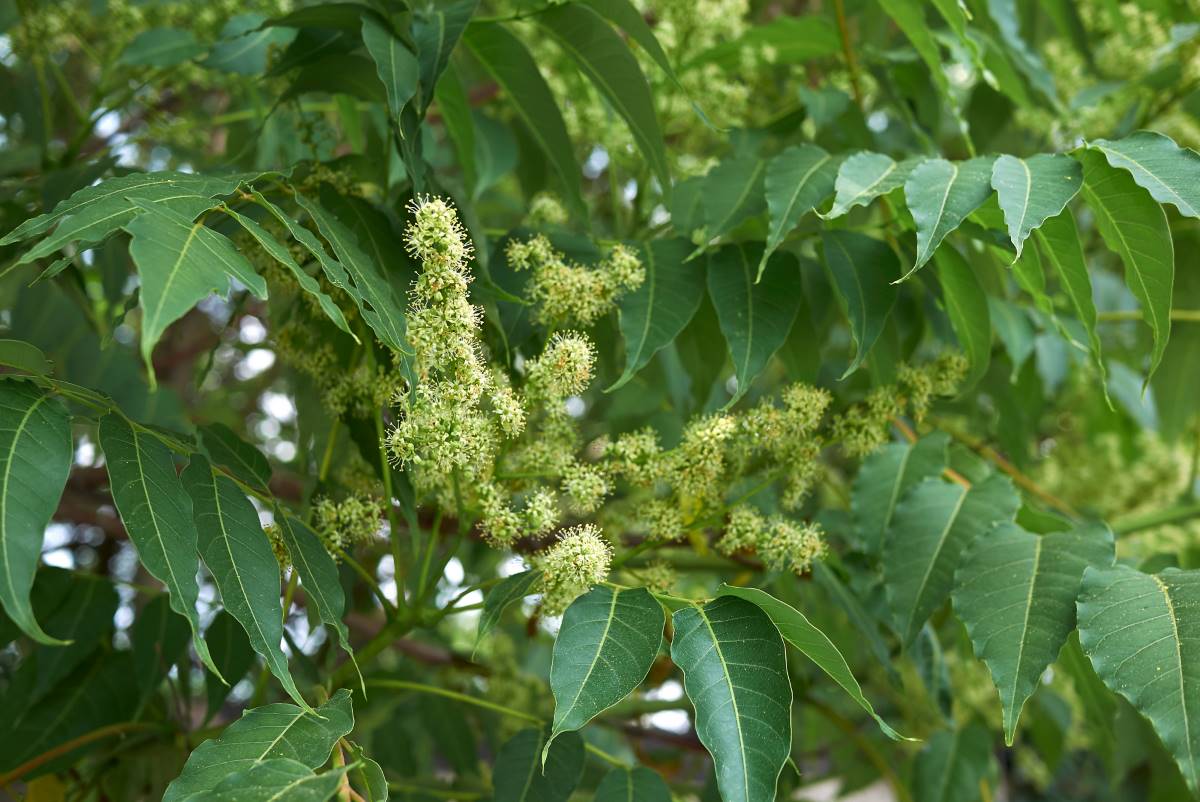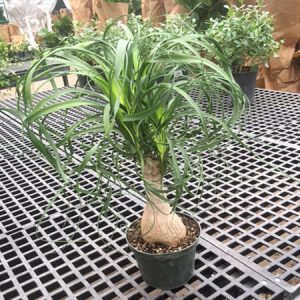Description
Ailanthus – Siris
There are about 6 species in this genus of vigorous evergreen deciduous trees and shrubs. They originate in woodland China and from South East Asia to Australia. They bear large alternate pinnate leaves and small greenish yellow flowers borne in large stalked clusters in leaf axis towards tips of the branches. Male flowers are unpleasantly scented and may cause allergic reaction. Both male and female species are needed to produce fruit. In summer female trees develop masses winged papery fruits that are very decorative.
The name Ailanthus is taken form the Moluccana name ‘ailanto’ for Ailanthus moluccana meaning sky tree, which is reputedly inspired the common name ‘tree of heaven’.
Grow in deep fertile well-drained soil in sun or partial shade in warm temperature areas but will survive in moist climates. Able to adapts to urban areas that will also tolerant hard pruning.
Prone Verticillium wilt fungal, stem galls and Cristulariella rust.
Ailanthus altissima – Ailanthus glandulosa – Tree of Heaven – This deciduous tree is native to North and West China grows 80’ feet tall and 50’ feet wide was introduced to Europe in the mid 1800’s. It forms a dense rounded crown. Valued for its ability to withstand grimy urban conditions. The leafs open reddish green that turn mid green, and when bruised excrete an unpleasant smell. Their oblong-elliptical pinnate leafs are composed of up to 30 leaflets. Mid summer female trees bear terminal panicles 12” across of small green flowers followed masses of red brown fruit early autumn.
Zones 4-9





